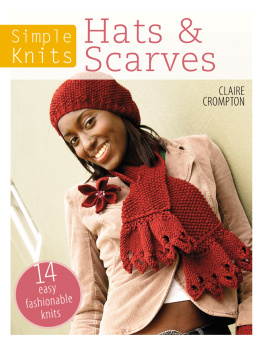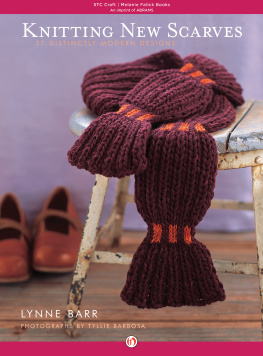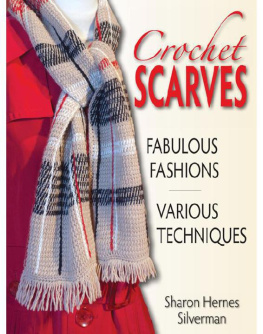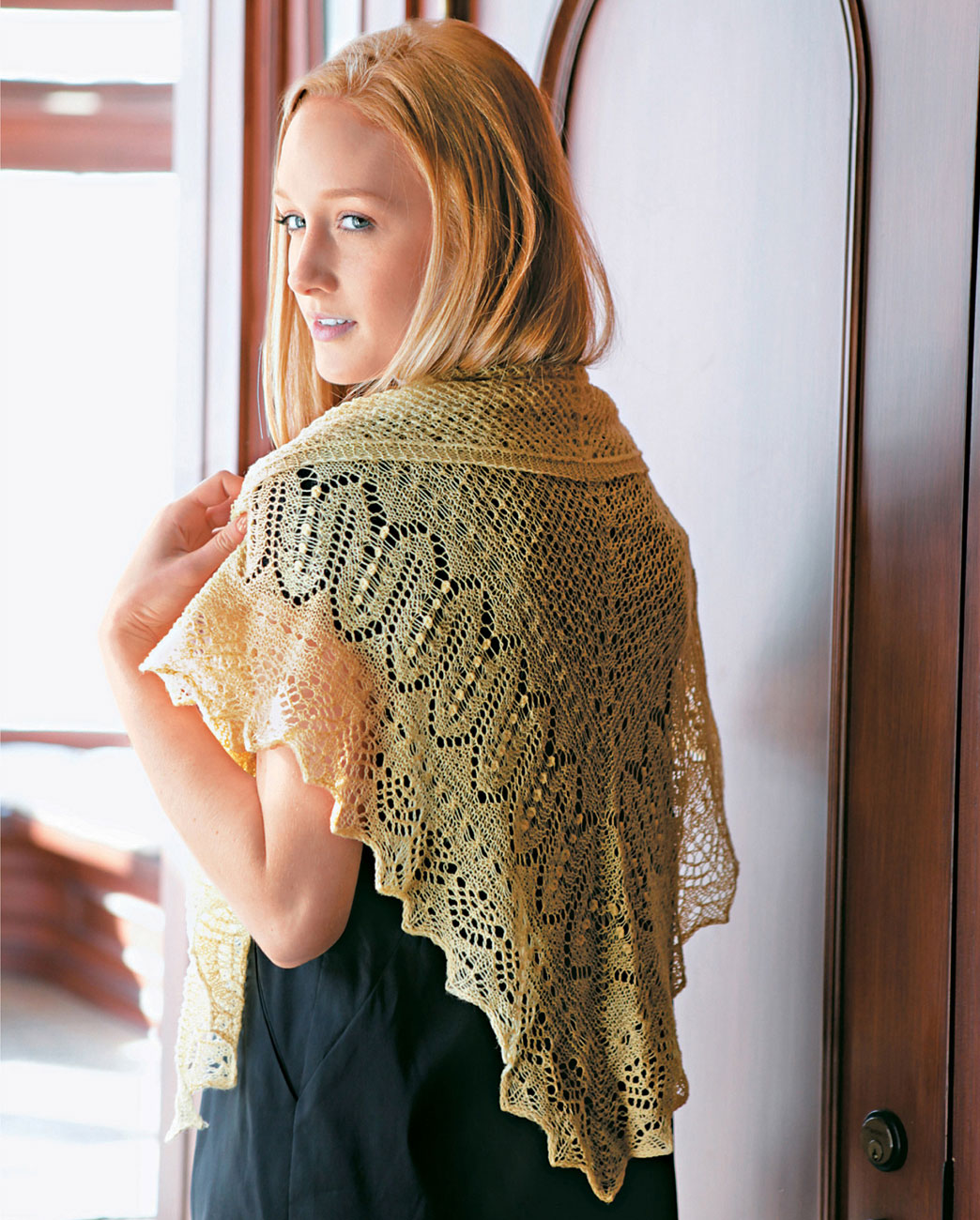
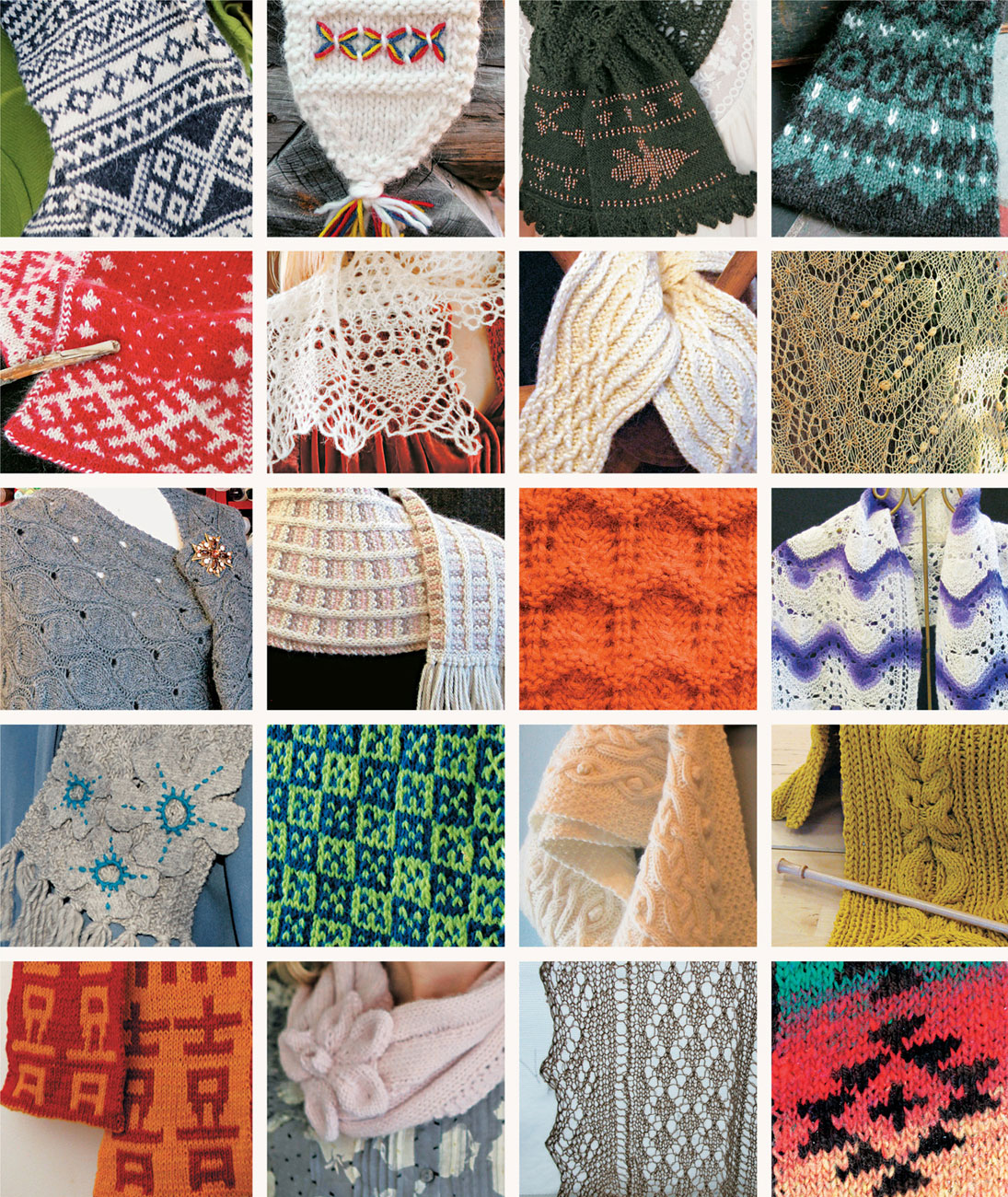
KNITTING SCARVES
FROM AROUND
THE WORLD

Kari Cornell, Editor

First published in 2011 by Voyageur Press, an imprint of MBI Publishing Company, 400 First Avenue North, Suite 300, Minneapolis, MN 55401 USA
Copyright 2011 by Voyageur Press
All rights reserved. With the exception of quoting brief passages for the purposes of review, no part of this publication may be reproduced without prior written permission from the Publisher.
The information in this book is true and complete to the best of our knowledge. All recommendations are made without any guarantee on the part of the author or Publisher, who also disclaims any liability incurred in connection with the use of this data or specific details.
We recognize, further, that some words, model names, and designations mentioned herein are the property of the trademark holder. We use them for identification purposes only. This is not an official publication.
Voyageur Press titles are also available at discounts in bulk quantity for industrial or sales-promotional use. For details write to Special Sales Manager at MBI Publishing Company, 400 First Avenue North, Suite 300, Minneapolis, MN 55401 USA.
To find out more about our books, visit us online at www.voyageurpress.com.
ISBN-13: 978-0-7603-4064-6
Editor: Kari Cornell
Technical Editor: Charlotte Quiggle
Charts: Judy Becker
Photography: Sue Flanders and Janine Kosel
Model Photography: Corean Komarec
Model Styling: London Nelson
Design Manager: LeAnn Kuhlmann
Layout by Erin Fahringer
Library of Congress Cataloging-in-Publication Data
Knitting scarves from around the world/Kari Cornell, editor; photographs by Sue Flanders and Janine Kosel.
p. cm.
ISBN 978-0-7603-4064-6 (pbk.)
1. KnittingPatterns. 2. Scarves. I. Cornell, Kari A.
TT825.F387 2011
746.4320432dc22
2011006115
Digital Edition: 978-1-61059-779-1
Softcover Edition: 978-0-760-34064-6
Credits
Front Cover: Photography by Andrea Rugg
Back Cover: Photography by Corean Komarec, styling by London Nelson
Page 13: vintage postcard, Voyageur Press Archives
Page 45: vintage postcard, Voyageur Press Archives
Page 73: Domestic thriftA study from real life, Ireland, by Charleton H., c. 1904, Library of Congress
Prints and Photographs Division, #LC-USZ62-123755
Page 97: vintage postcard, Voyageur Press Archives
Page 115: Navajo woman, holding yarn, c. 1904. 120925, Library of Congress, Prints & Photographs Division,
Edward S. Curtis Collection, [reproduction number LC-USZ62-120925]
ACKNOWLEDGMENTS
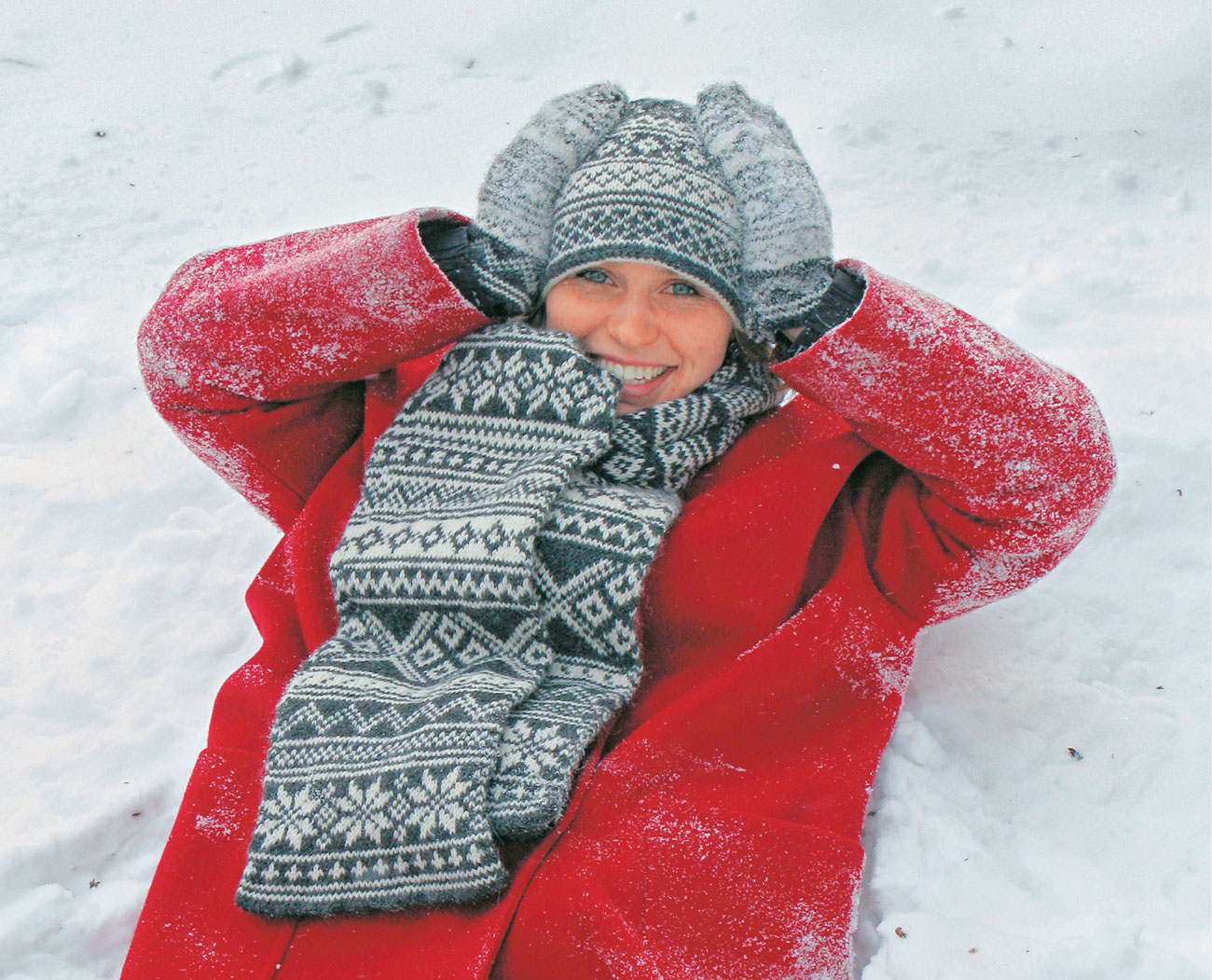
So many talented and hardworking people had a hand in the creation of this book. First and foremost, Id like to thank the designers for dreaming up such a lovely collection of scarves, shawls, and cowls: Dawn Brocco, Elinor Brown, Nancy Bush, Lily M. Chin, Donna Druchunas, Teva Durham, Gretchen Funk, Jennifer Hansen, Susan Lawrence, Melissa Leapman, Elanor Lynn, Wendy J. Johnson, Hlne Magnsson, Lucy Neatby, London Nelson, Heather Ordover, Candace Eisner Strick, and Melissa Wehrle. A special thank you to Donna Druchunas for providing such a fitting and interesting introduction to the book. Many thanks to Charlotte Quiggle for her sharp technical edit and good humor. Thanks to Judy Becker for her work on the charts, and to LeAnn Kuhlmann and Becky Pagel for art direction and photo shoot planning.
Kudos and thanks to photographers Sue Flanders and Corean Komarec and stylists Janine Kosel and London Nelson for capturing just the right look for each scarf.
Im so grateful to The American Swedish Institute for opening their doors to us on a chilly, snowy day in February so that we could photograph scarves on their grounds and in their beautiful rooms. Thanks to Nina Clark, Director of Programs and Exhibits, and Curator Curt Pederson for making the arrangements, and to Shawn Connors for providing assistance while we were on-site.
Thanks also to the Edina Art Center and 3 Kittens Needle Arts for the use of their spaces for photo shoots. Many thanks to Kate Martinson for the use of her home and artifacts. Thanks to Jenny Pass and Alice Flanders for all their help.
CONTENTS
SCARVES OF THE EAST
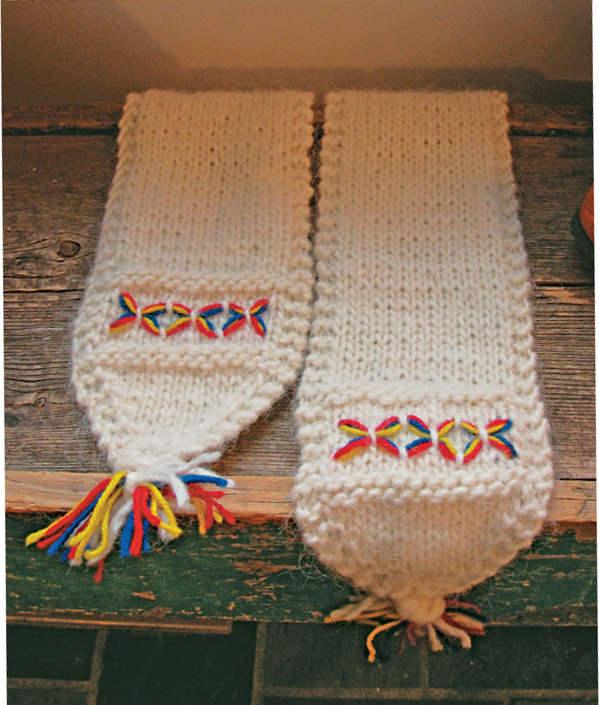
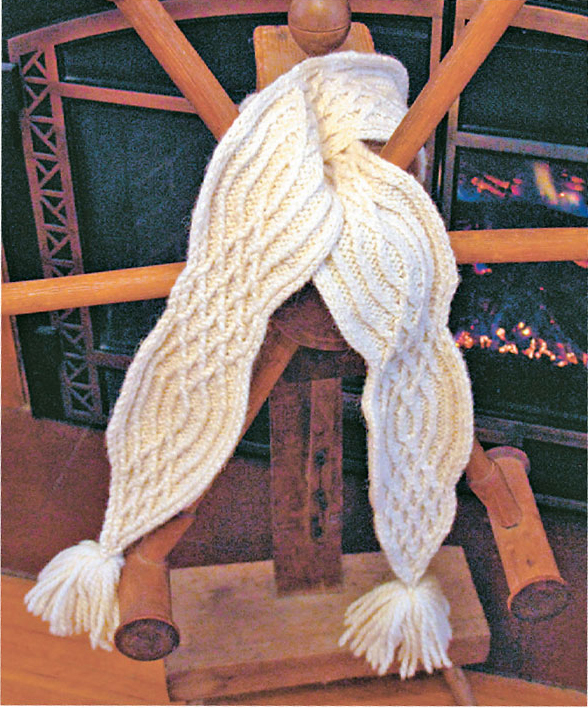
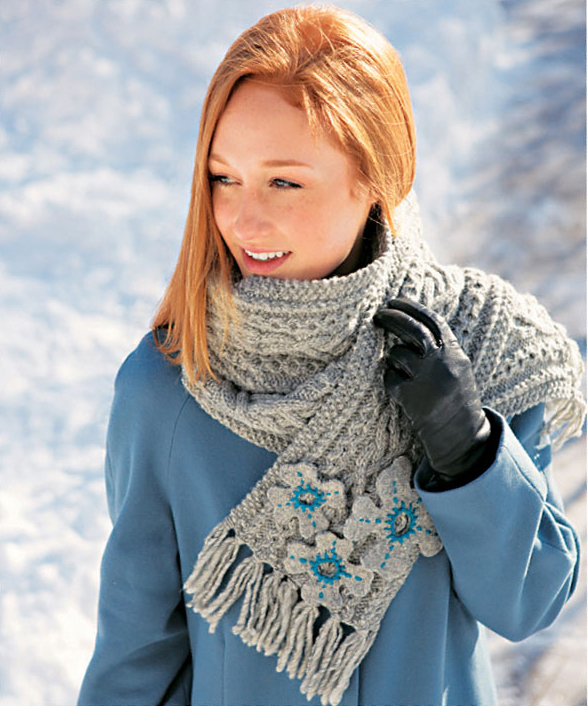
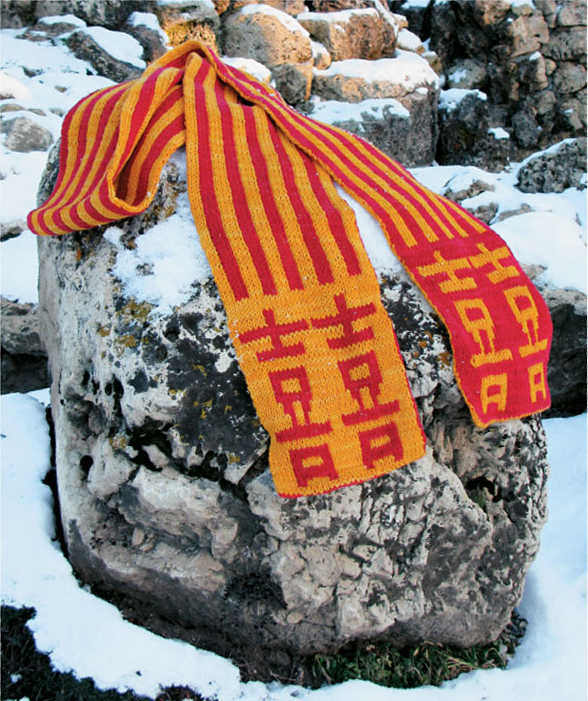
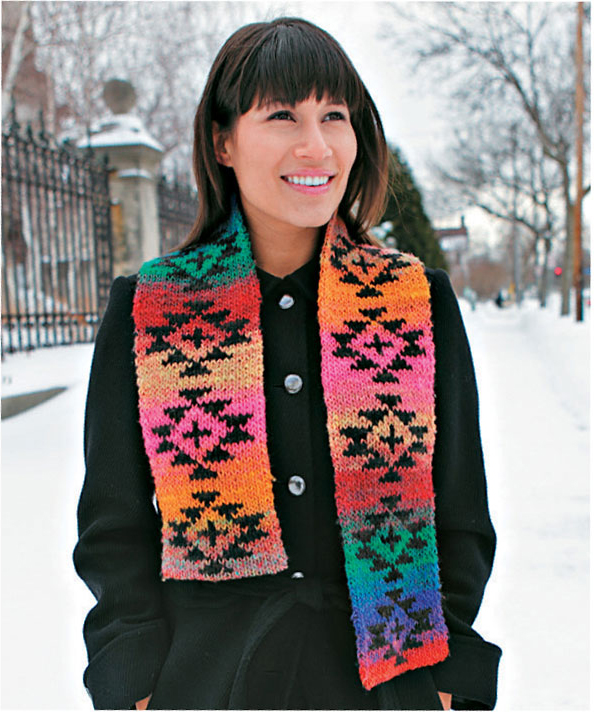
INTRODUCTION
By Donna Druchunas
Scarves have provided warmth, comfort, or decoration to both men and women almost as long as human civilization has existed. Worn around the head, neck, waist, or hips, or even wrapped around the shoulders, a simple square or rectangle of fabric was easy to fashion from almost any fiber available.
The ancient Mesopotamians, Egyptians, Chinese, and Romans all wore scarves. Artwork from the Early Dynasty of Mesopotamia (29002350 BC) depicts women wearing their hair in long braids, often tied up in a bun and covered with netting or a scarf. Ishtar, goddess of fertility, love, war, and sex was often depicted wearing a red or blue scarf. Syrian King Teglath Phalazar I (11121074 BC) declared that Married women... who go out into the streets will not bare their heads. The daughters of free men... will be veiled.... Prostitutes will not be veiled, their heads will be bare (from The Scarf is not Muslim, by Odon Vallet). Even today, many women in the Middle East still wear a hijab, or scarf covering their heads and wrapped around their necks.
Egyptian pharaohs wore a nemes, or royal headscarf, attached at the forehead with a headband and draped over the back, covering the hair and neck. The Great Sphinx in Giza is also depicted wearing a nemes. In some drawings of queen Nefertiti (13701330 BC), she appears to be wearing a cloth headscarf under her royal headdress. Scarves were among the items of clothing found in the tomb of Tutankahmun (13411323 BC), and a statue of the god Anubis found in the tomb was adorned with a long linen scarf with a double blue lotus braid around it, according to Mey Zaki and Farid Atiya in the book, Legacy of Tutankhamun. In later times, Egyptian belly dancers tied sheer scarves around their hips.
The first silk scarves were woven in China, as evidenced by the 8,000 warriors of the great Terracotta Army. All of these statues, which depict the soldiers of Qin Shi Huang (259 210 BC), the first Emperor of China, were sculpted with scarves knotted around their necks to denote military rank.
Next page





